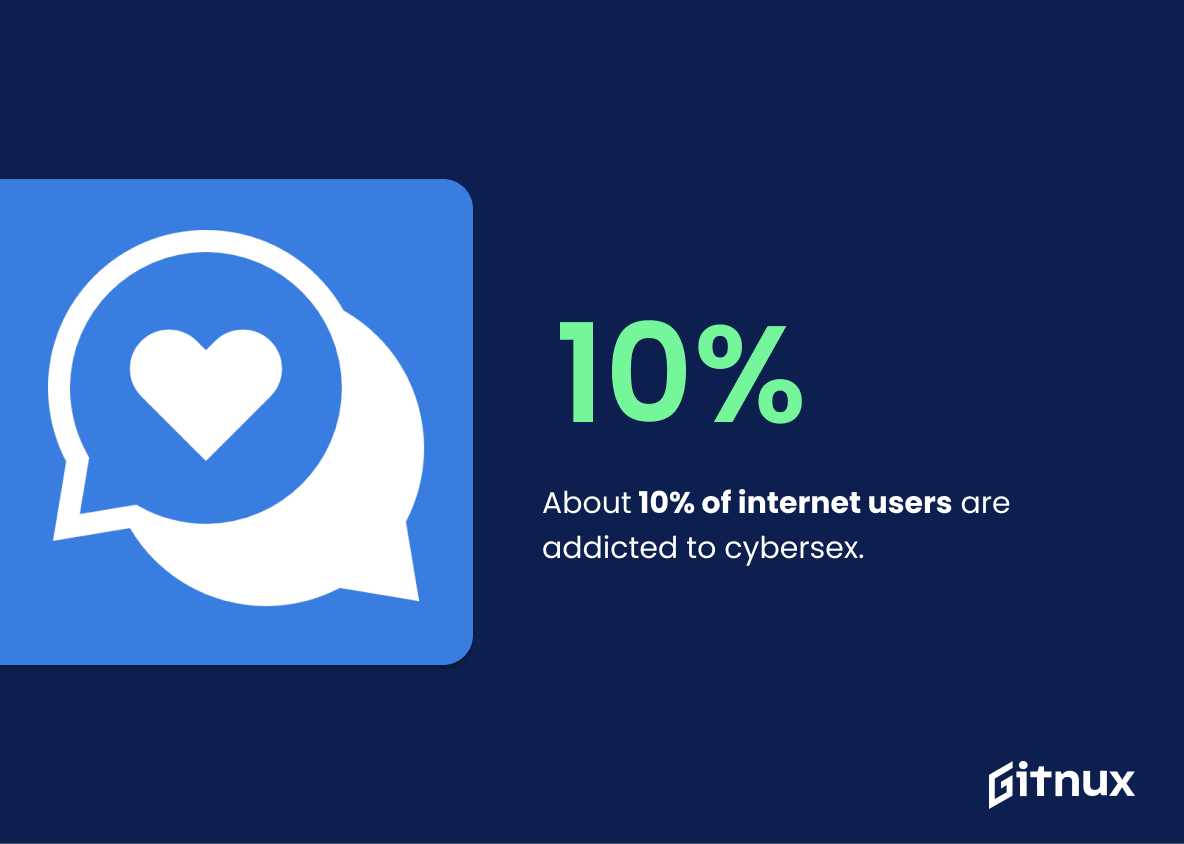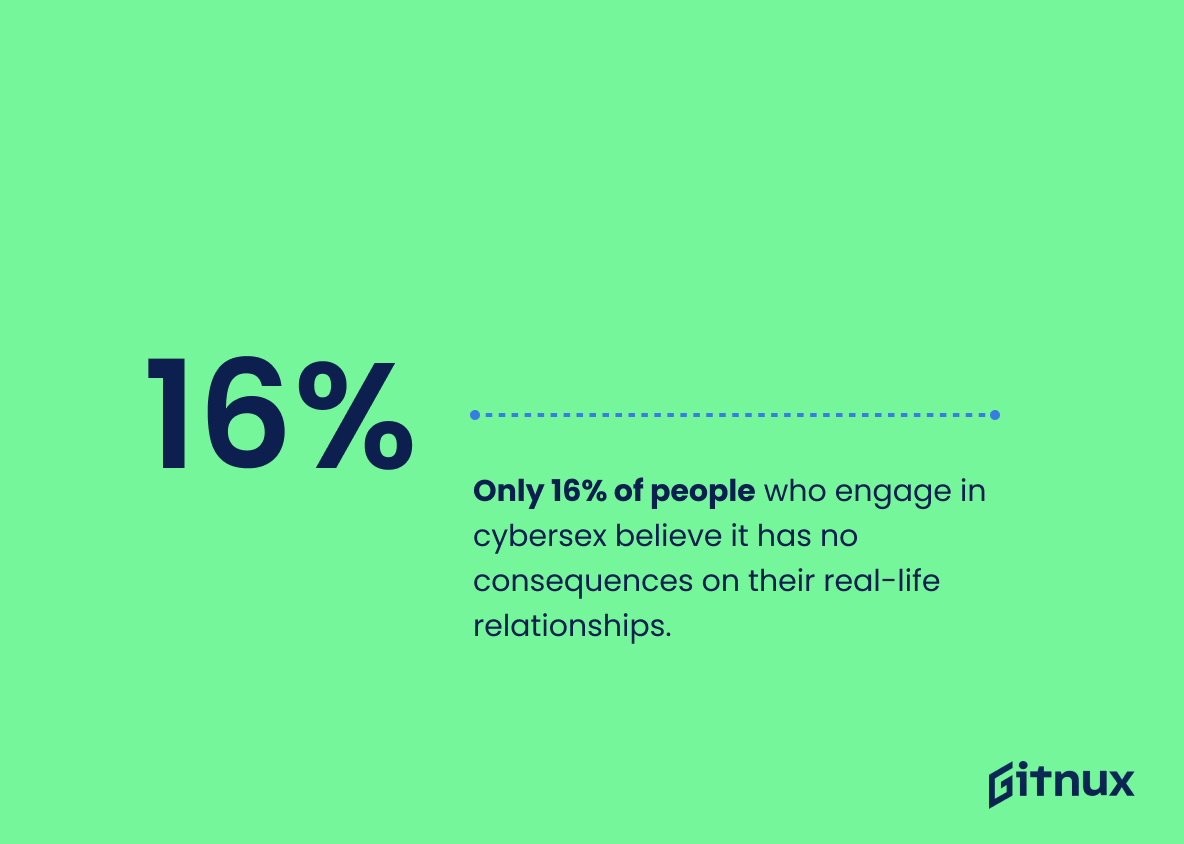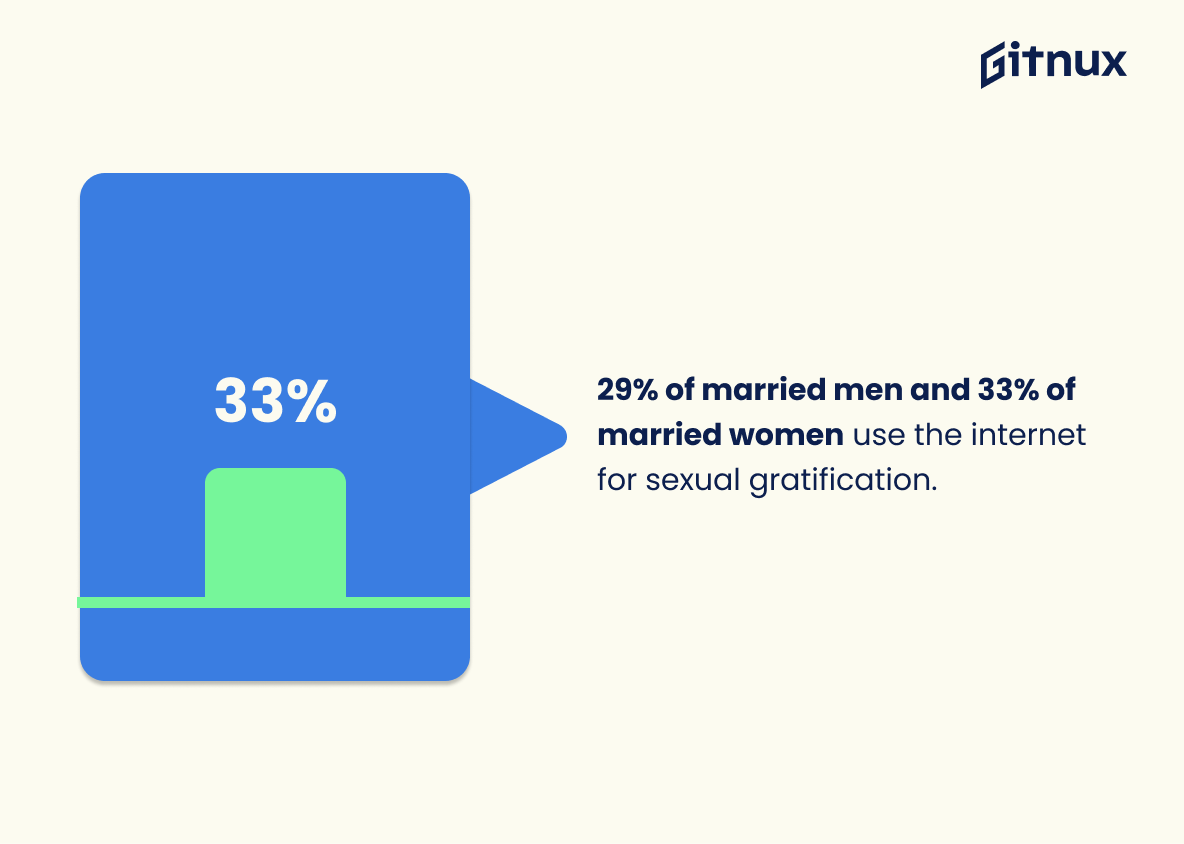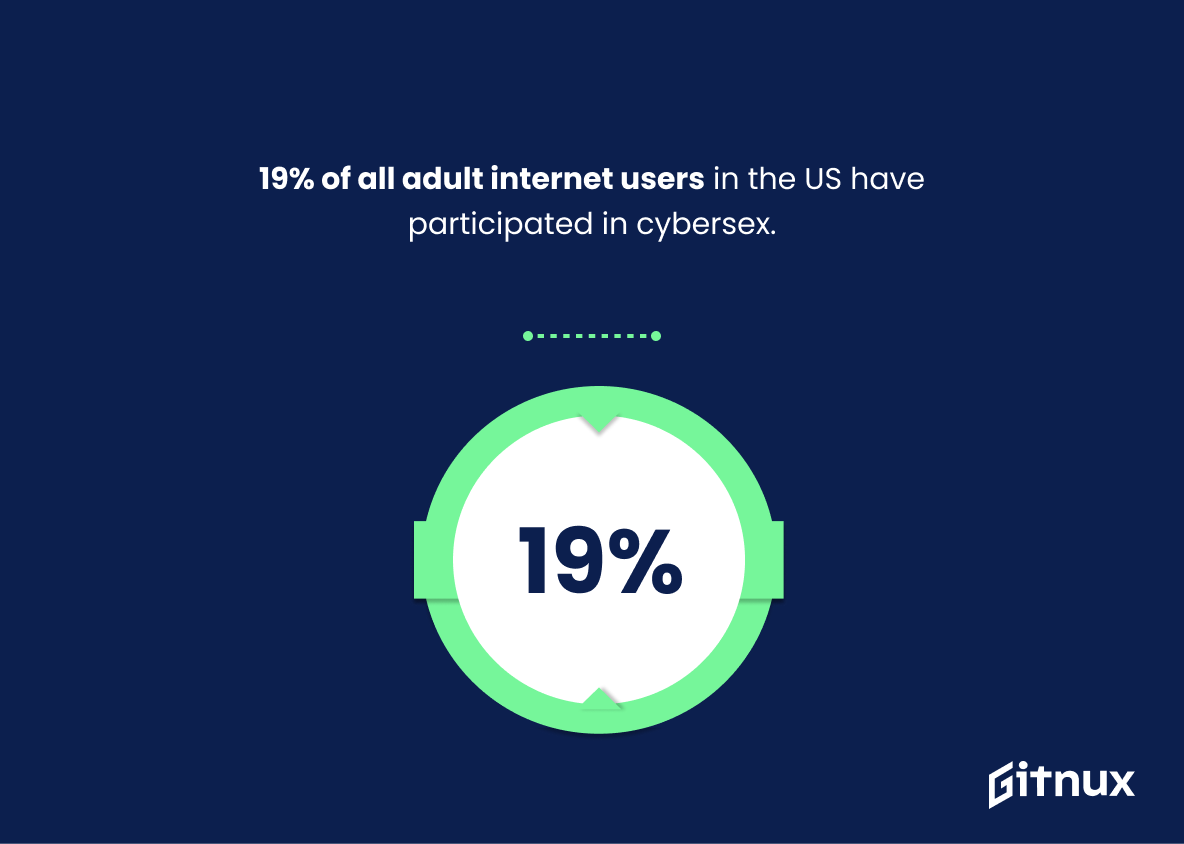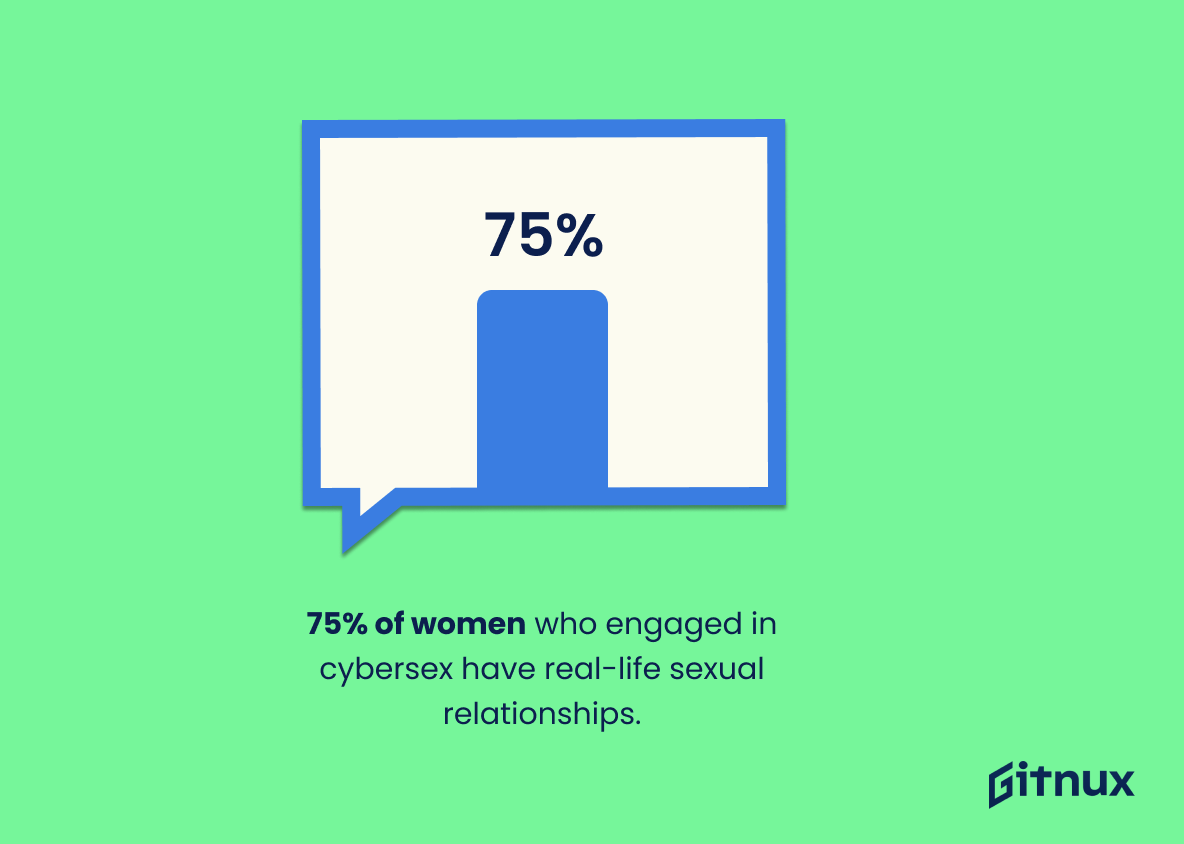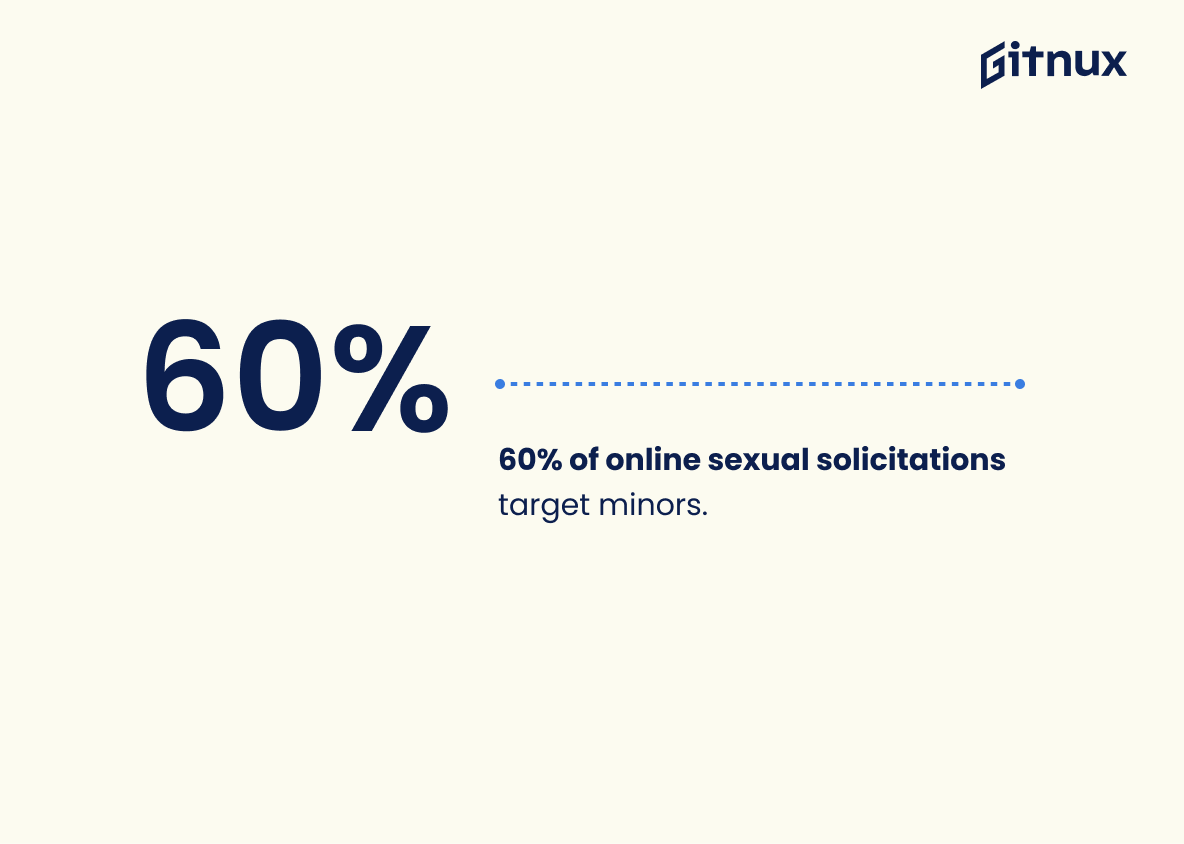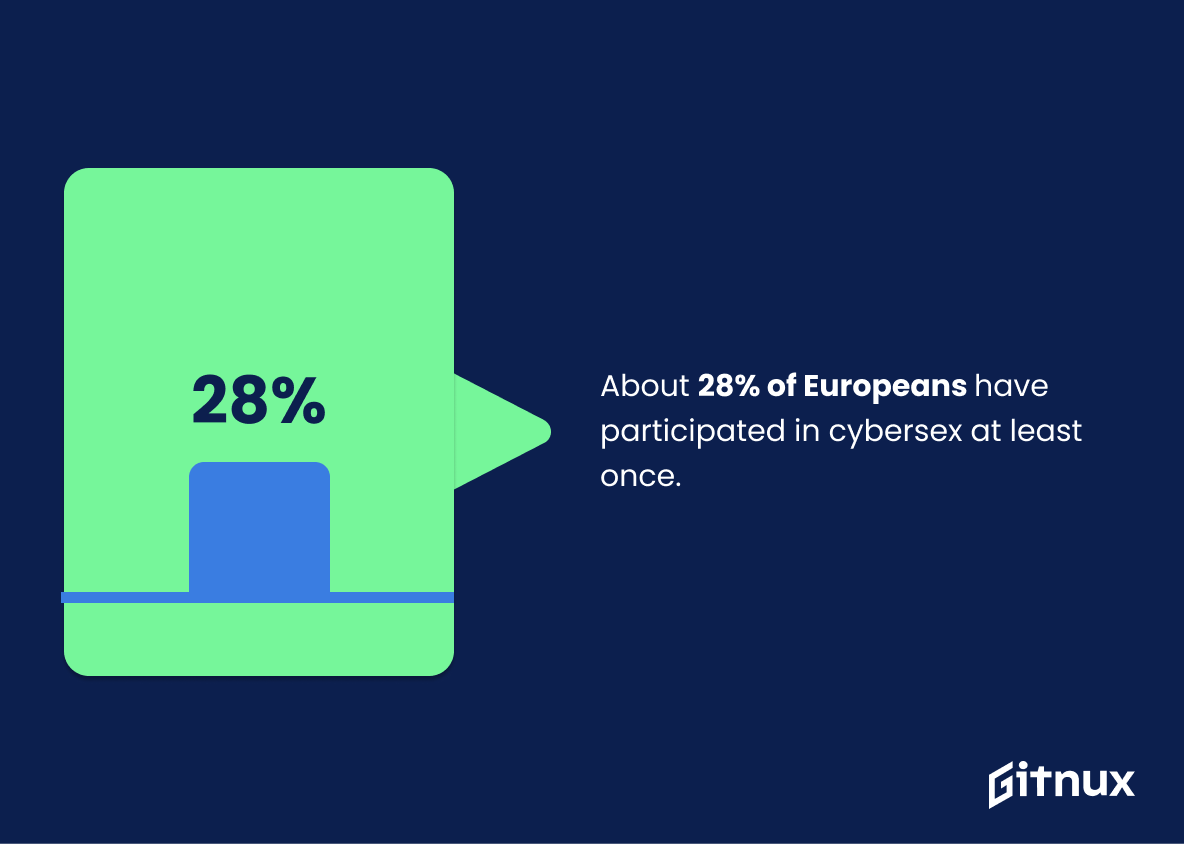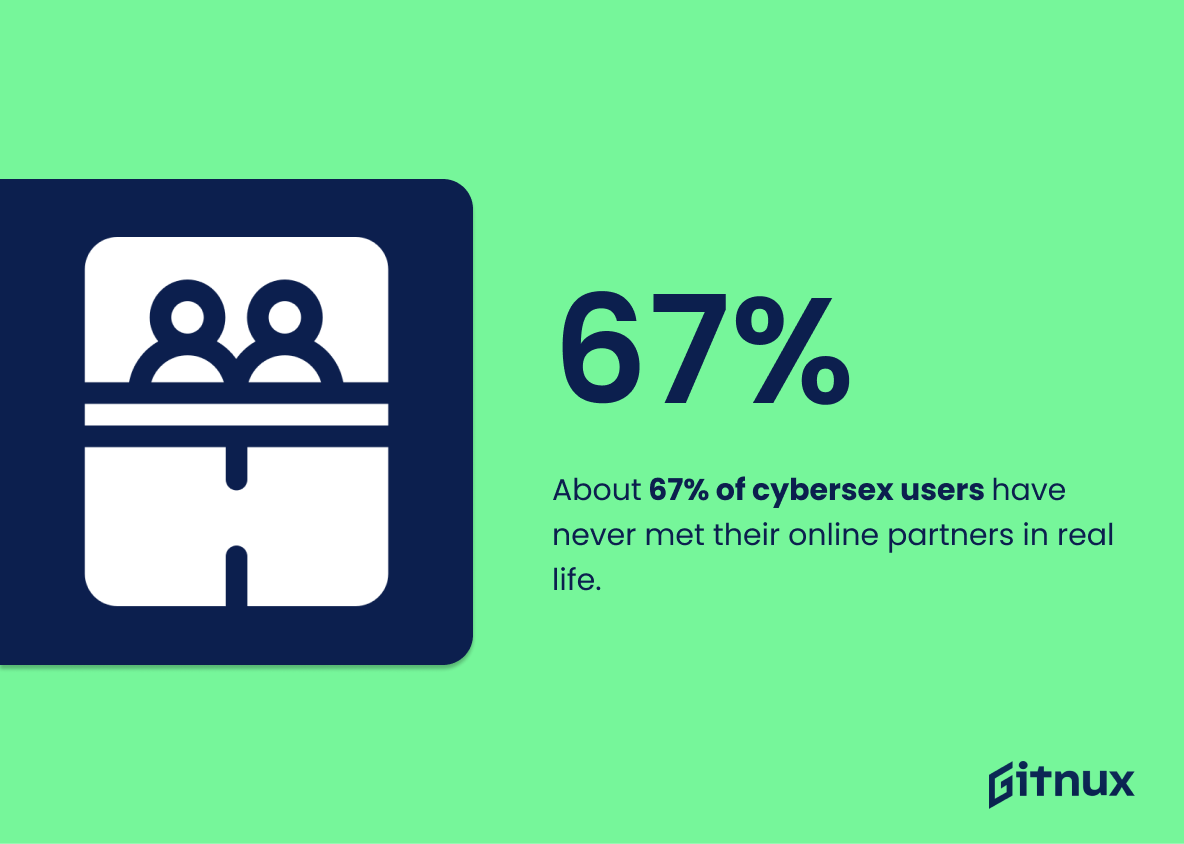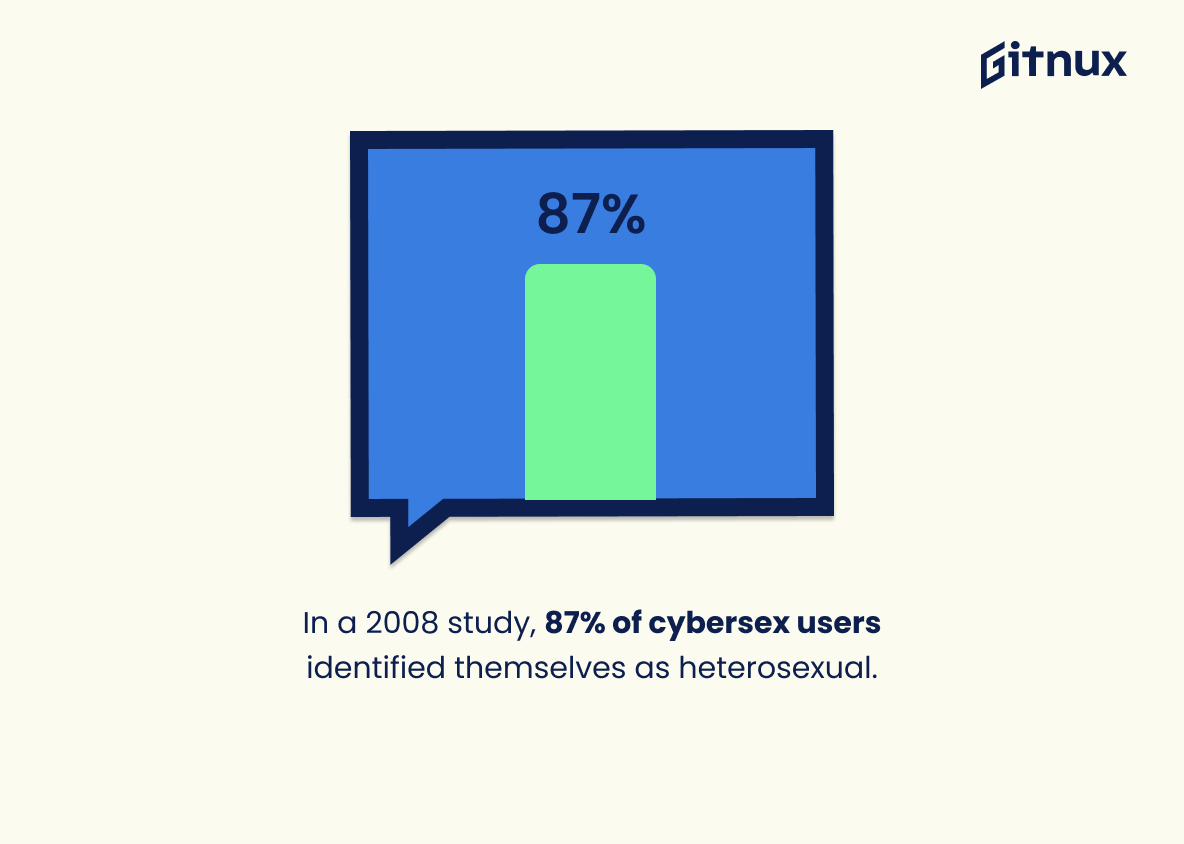The internet has become an integral part of our lives, and with it comes a new form of sexual activity: cybersex. Cybersex is defined as any type of online sexual interaction between two or more people. It can range from sexting to video chat sessions and even virtual reality experiences. With the rise in popularity of this digital form of intimacy, it’s important to understand its prevalence and potential consequences on relationships both online and offline. This blog post will explore some key statistics about cybersex usage around the world, including who engages in these activities, how often they occur, what types are most popular among users, and their impact on real-life relationships. We’ll also look at data related to addiction rates for those engaging in cybersexual activities as well as minors being targeted by predators through such platforms. By understanding these facts about cybersex we can better protect ourselves when using technology for intimate purposes while still enjoying all that modern communication has to offer us.
Cybersex Statistics Overview
About 10% of internet users are addicted to cybersex.
This statistic is a stark reminder of the prevalence of cybersex addiction in the online world. It serves as a warning to those who may be unaware of the potential risks of engaging in online sexual activities, and highlights the need for greater awareness and education on the subject. Furthermore, it is a useful tool for those researching the topic, as it provides a baseline for further exploration into the issue.
In a 2018 study, cybersex addiction was present in 5.37% of online chat users in the German internet population.
This statistic is a stark reminder of the prevalence of cybersex addiction in the German internet population. It highlights the need for greater awareness and education about the risks of engaging in online sexual activities. It also serves as a call to action for those who may be struggling with cybersex addiction to seek help and support.
Only 16% of people who engage in cybersex believe it has no consequences on their real-life relationships.
This statistic serves as a stark reminder that cybersex can have a significant impact on real-life relationships. It highlights the fact that the majority of people engaging in cybersex are aware of the potential consequences, and that these consequences should not be taken lightly. This statistic is an important reminder that cybersex should be approached with caution and consideration for its potential effects on real-life relationships.
29% of married men and 33% of married women use the internet for sexual gratification.
This statistic is a telling indication of the prevalence of cybersex in modern society. It shows that a significant portion of married individuals are turning to the internet for sexual gratification, suggesting that cybersex is becoming an increasingly popular form of sexual expression. This statistic is important to consider when discussing the implications of cybersex and its potential effects on relationships.
19% of all adult internet users in the US have participated in cybersex.
This statistic is a telling indication of the prevalence of cybersex in the US. It demonstrates that a significant portion of the adult internet user population has engaged in this activity, highlighting the need for further research and discussion on the topic.
24% of male and 16% of female college students have engaged in cybersex.
This statistic is a telling indication of the prevalence of cybersex among college students, particularly among males. It highlights the need for greater awareness and education about the potential risks associated with engaging in cybersex, such as the potential for online predators and the spread of sexually transmitted infections. It also serves as a reminder that cybersex is not a victimless activity, and that it can have serious consequences for those involved.
75% of women who engaged in cybersex have real-life sexual relationships, compared to 70% of men.
This statistic is significant in the context of a blog post about Cybersex Statistics because it highlights the gender disparity in the prevalence of real-life sexual relationships among those who engage in cybersex. It suggests that women are more likely to have real-life sexual relationships than men, which could be indicative of a larger trend in the way that men and women approach cybersex.
60% of online sexual solicitations target minors.
This statistic is a stark reminder of the dangers of online sexual solicitation, particularly for minors. It highlights the need for parents and guardians to be aware of the risks of cybersex and to take steps to protect their children from potential predators. It also serves as a call to action for law enforcement and other organizations to take a more proactive approach to combating online sexual solicitation of minors.
About 28% of Europeans have participated in cybersex at least once.
This statistic is a telling indication of the prevalence of cybersex in Europe, demonstrating that a significant portion of the population has engaged in this activity at least once. It is an important piece of information to consider when discussing the prevalence of cybersex in Europe, and can be used to inform further research into the topic.
In a survey of college students, 36.7% felt their cybersex activities satisfied their sexual needs better than real-life sex.
This statistic is a telling indication of the power of cybersex to fulfill the sexual needs of college students. It suggests that for a significant portion of the population, cybersex is a viable alternative to real-life sex, and that it can be just as satisfying. This is an important point to consider when discussing the prevalence and implications of cybersex.
About 67% of cybersex users have never met their online partners in real life.
This statistic is a telling indication of the prevalence of cybersex in today’s digital age. It highlights the fact that a large majority of people engaging in cybersex are doing so without ever meeting their online partners in person, suggesting that the virtual world is becoming an increasingly popular platform for sexual exploration. This statistic is important to consider when discussing the implications of cybersex and its potential effects on relationships and society.
In a 2008 study, 87% of cybersex users identified themselves as heterosexual.
This statistic is significant in the context of a blog post about Cybersex Statistics because it demonstrates that cybersex is not just a phenomenon among the LGBTQ+ community, but is also popular among heterosexuals. This indicates that cybersex is a widespread activity, and that it is not limited to any particular demographic.
Conclusion
The statistics presented in this blog post demonstrate the prevalence of cybersex among internet users. Approximately 22% of all internet users have engaged in online sexual activities, with men being more likely to participate than women. Cybersex is a lucrative industry, valued at USD 1.13 billion globally and 10% of internet users are addicted to it. Furthermore, only 16% believe that their online activities have no consequences on real-life relationships while 31% report negative impacts on committed partnerships due to cybersex use. Additionally, sexting is popular among American teenagers (25%) and college students (24%-36%), as well as Europeans (28%). Finally, most participants identify themselves as heterosexuals (87%) and prefer not meeting their partners offline (67%).
References
0. – https://www.www.tandfonline.com
1. – https://www.www.ncbi.nlm.nih.gov
2. – https://www.www.fbi.gov
3. – https://www.www.reportlinker.com
4. – https://www.link.springer.com
5. – https://www.www.avert.org
6. – https://www.www.iwf.org.uk
7. – https://www.www.researchgate.net
8. – https://www.cyberpsychology.eu
9. – https://www.pubmed.ncbi.nlm.nih.gov
